If you have a hamster, you’re probably aware that they aren’t always the most interactive or social creatures. Some hamsters are what’s known as “ghost hamsters,” which means that you rarely, if ever, see your pet.
Instead, they prefer to hang out under their bedding in their cozy burrows until the rest of the household goes to bed.
But what if your hamster suddenly becomes a ghost hamster after being social before? In this article, we’ll explore the reasons a hamster might become a ghost hamster suddenly so that you can better understand your pet.
1. Environment Change
Changes in your hamster’s environment, no matter how slight, can cause them to be more timid for a period of time. Changes to their environment can include changing their bedding or rearranging their things.
Moving or removing essential parts of your hamster’s habitat, such as their food hoard, is more likely to result in a hamster becoming more shy and timid.
Learn more: Best Hamster Cages and Enclosures in the US (2024)
2. Perceived Predators
Your hamster may have become more afraid of larger animals in the home, such as cats or dogs. Your larger pet might be showing more interest in the hamster or hanging around their enclosure more.
If you recently brought home a cat or dog, this is likely the reason your hamster became a ghost hamster. They may grow used to the larger pet, or they might continue to be timid when they know the pet is around.
3. Afraid of Humans
It’s possible that you or someone in the household recently tried interacting with your hamster more than usual. Your hamster might have disliked the interaction, and they might be trying to avoid it happening again.
It’s always important to try and let your hamster come to you for interaction. Grabbing them to move them or cuddle with them can backfire and set your relationship back a step.
4. Lights and Noises
Many hamsters are not fans of bright lights or loud noises. If you’re spending more time in the room where your hamster lives, the increased lighting or sound might be putting your hamster off.
You can try to make them more comfortable by placing them in a quieter, darker space of the house.
5. Lack of Space or Enrichment
Hamsters who don’t have enough enclosure space or enrichment items may get bored and spend more time in the burrow.
Make sure your hamster has plenty of reasons to come aboveground and explore, including tunnels, hides, a wheel, forage sprays, and scattered food.
6. Age or Illness
A hamster who is getting older or just isn’t feeling well may spend more time asleep in their burrow. It’s important to perform regular health checks on your hamster to make sure they’re in good health.
Weigh your hamster at least once a month, check over their whole coat, look at their eyes, ears, and rump, and check their teeth.
7. Normal Behavior Changes
Just like with humans, a hamster’s personality can change slightly over time. They may develop more of an interest in burrowing and less of an interest in running on their wheel, for example, which can cause you to see them less.
A hamster who becomes a ghost hamster isn’t always time for concern. Often, it’s just the result of normal aging and behavioral changes.
Learn more: How Smart Are Hamsters? Memory, Learning, and More
What to Do If Your Hamster Becomes a Ghost Hamster
While understanding the reasons behind this change in your hamster is essential, it’s equally crucial to know how to navigate this shift and ensure your furry friend remains happy and healthy.
Tip 1: Adjust the environment with care
If your hamster has turned elusive, the first thing to consider is any recent changes in its surroundings. Even minor alterations, like a shift in bedding or rearranging their habitat, can trigger timidity.
Hamsters thrive in a consistent environment, so ensure you make adjustments gradually. If you need to move or modify essential elements, like their food hoarding space or burrowing space, do so with patience.
Allow your hamster time to acclimate to the changes, minimizing stress and helping them regain their sociable nature.
Tip 2: Manage perceived predators
The presence of larger pets, such as cats or dogs, may be the cause behind your hamster’s ghost behavior. If your hamster feels threatened, it’s essential to create safe spaces within their enclosure where they can retreat.
Additionally, work on fostering a peaceful coexistence between your hamster and larger pets. Gradual introductions and positive reinforcement can help your hamster feel more secure, allowing them to gradually re-emerge from their burrows.
Tip 3: Respect their boundaries
If recent attempts at increased interaction have spooked your hamster, it’s time to take a step back and respect their boundaries. Hamsters prefer initiating contact on their terms.
Avoid grabbing or forcing interactions, as this may lead to heightened fear and withdrawal. Instead, create an inviting environment and allow your hamster to approach you voluntarily. Patience is key in rebuilding their trust and encouraging them to become more visible.
Tip 4: Create a Calm Environment
Bright lights and loud noises can be distressing for hamsters, prompting them to retreat into their burrows. If your hamster’s habitat is in a high-traffic area, consider relocating it to a quieter, darker space.
This simple adjustment can make a significant difference in your hamster’s comfort, encouraging them to spend more time aboveground and reducing their ghost-hamster tendencies.
Tip 5: Enrich Their Space
Ensure your hamster’s enclosure provides ample space and enrichment items. A lack of space or stimulating activities can lead to boredom and increased burrow time.
Incorporate tunnels, hides, a wheel, forage sprays, and scattered food to encourage exploration and physical activity. Keeping your hamster mentally and physically engaged will contribute to a happier and more visible pet.
Tip 6: Monitor Health Regularly
Age or illness can impact your hamster’s activity levels. Implement a regular health check routine, including monthly weigh-ins, coat inspections, eye, ear, and rump examinations, and dental assessments.
Identifying and addressing any health concerns promptly will contribute to your hamster’s overall well-being and may alleviate any factors contributing to their ghostly behavior.
Tip 7: Embrace Natural Changes
Just like humans, hamsters undergo natural behavioral changes as they age. Embrace these shifts and adapt to your hamster’s evolving preferences.
Their inclination towards burrowing or different activities might be a normal part of their development. Understanding and accepting these changes will help you appreciate your hamster’s unique personality and foster a harmonious relationship.
One amazing way to make sure your hamster is doing well if you never see them is to set up a pet camera. This way, you can record your hamster’s activity at night and review it in the morning.
We use this GNCC pet camera, which has night vision, motion detection, and auto-tracking.
Hamsters Becoming Ghost Hamsters: In Summary
In conclusion, the phenomenon of a hamster turning into a “ghost hamster” may be disconcerting, but understanding the various reasons behind this behavior is crucial for providing the best care for your pet.
Environmental changes, perceived threats, human interactions, lights and noises, lack of space or enrichment, age, and illness are all factors that can contribute to a hamster becoming more reclusive.
It’s essential to approach this shift with patience and empathy. Adjusting the environment with care, managing perceived predators, respecting their boundaries, creating a calm environment, enriching their space, monitoring health regularly, and embracing natural changes are key strategies to help your hamster feel secure and happy.
By implementing these tips, you can foster a harmonious relationship with your hamster and ensure their well-being as they go through natural behavioral changes over time.
Remember, every hamster is unique, and understanding and accepting their individual preferences contribute to a fulfilling companionship.

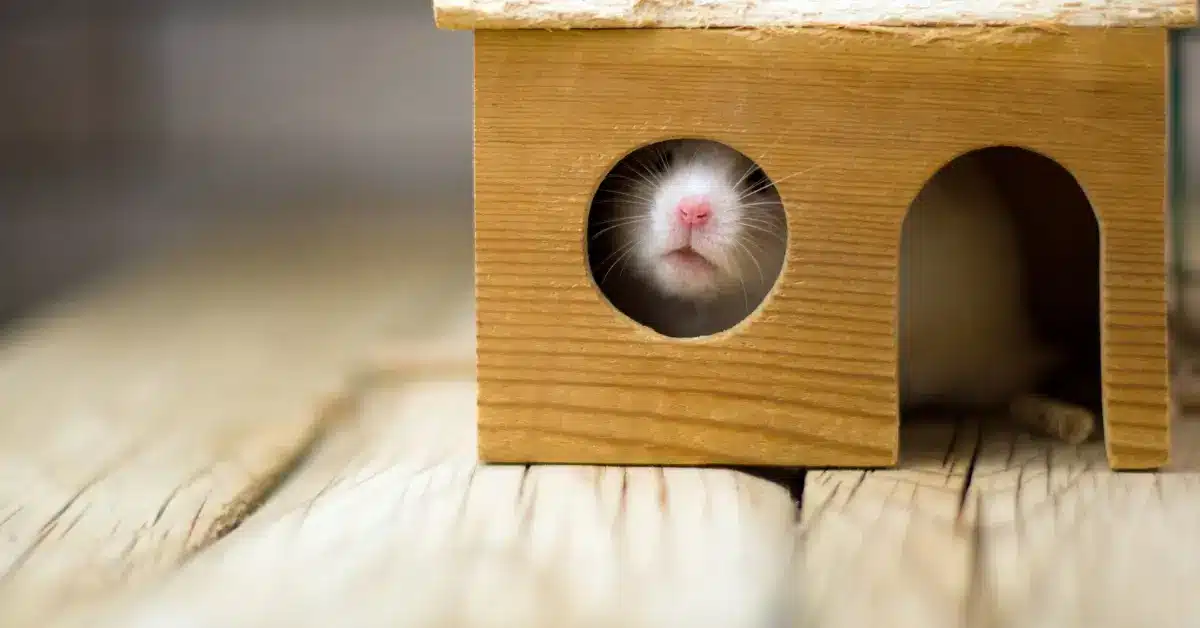
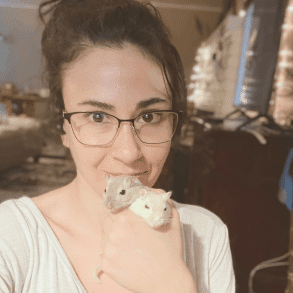

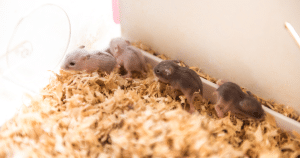
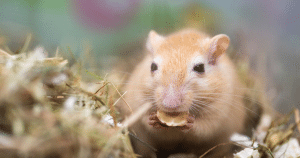
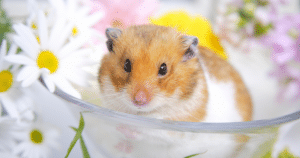
0 Comments